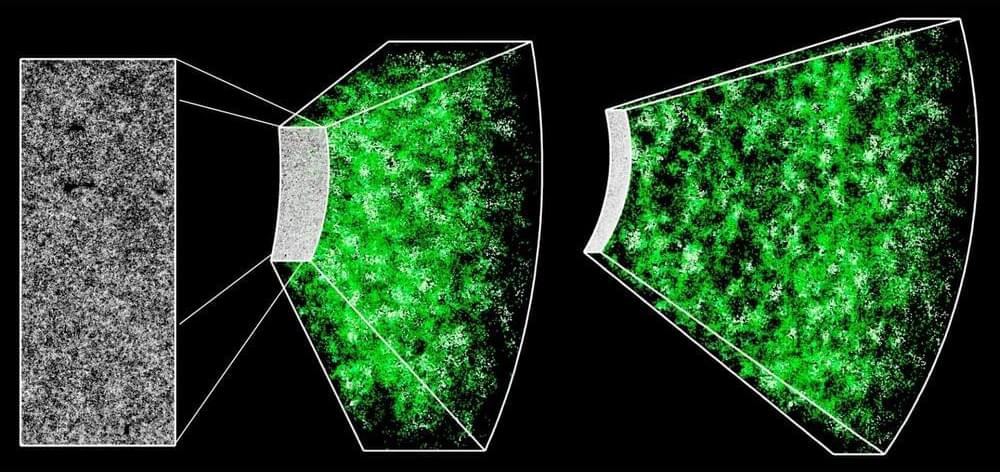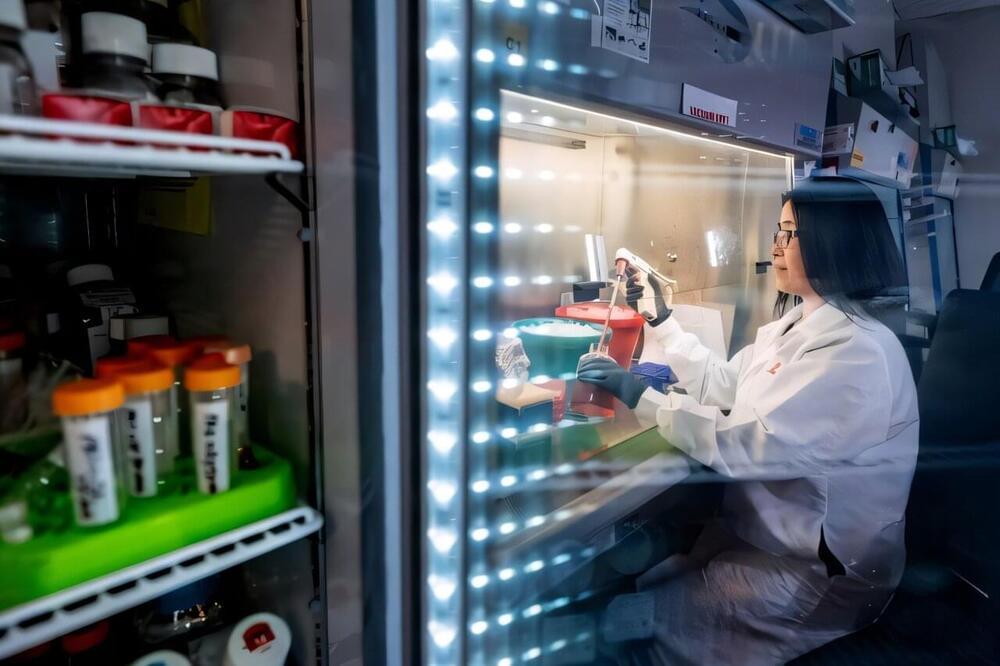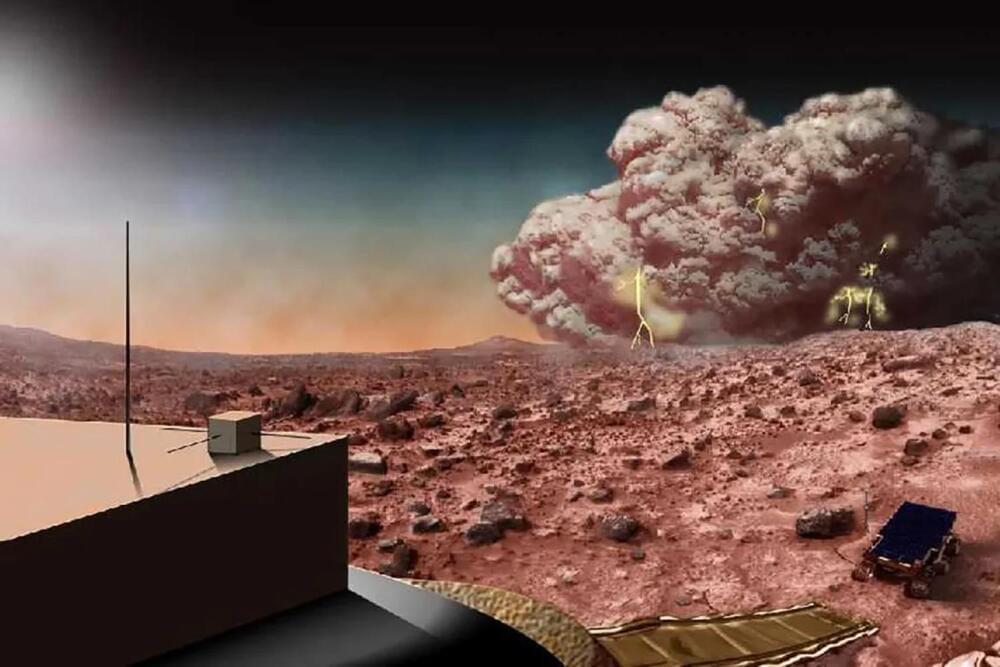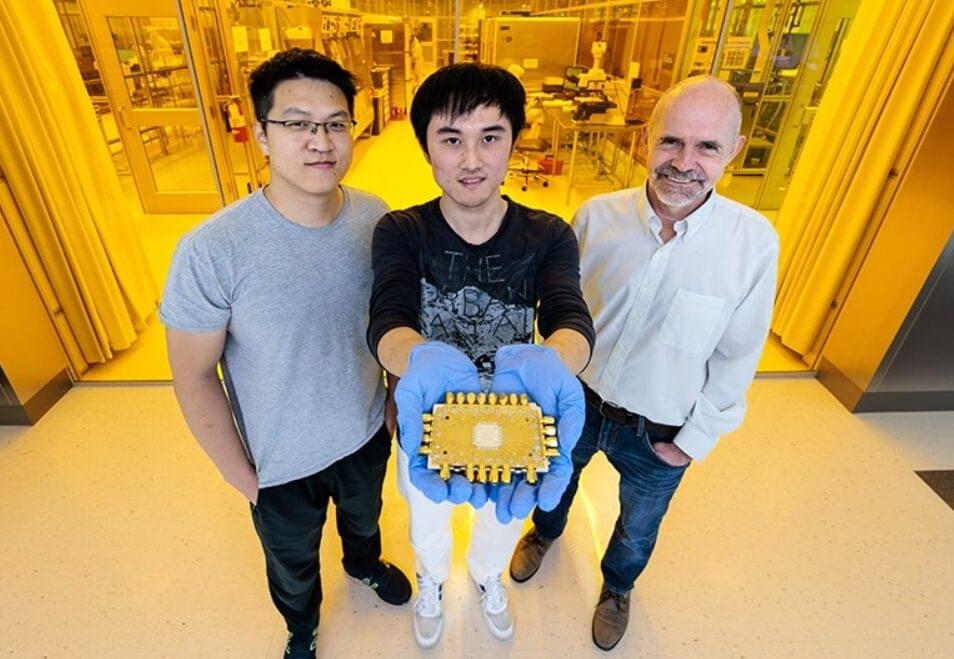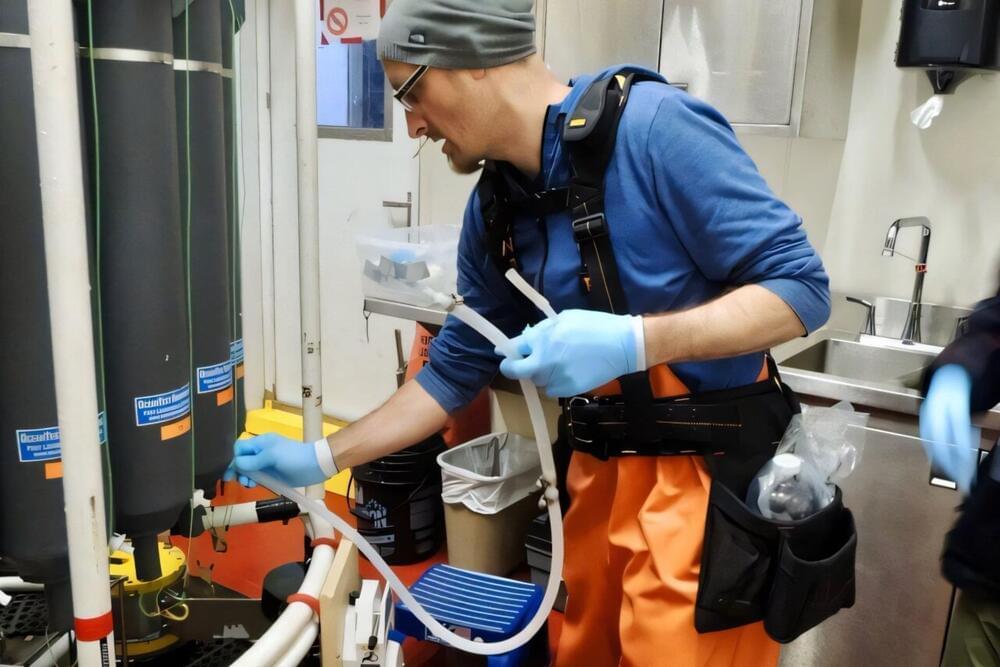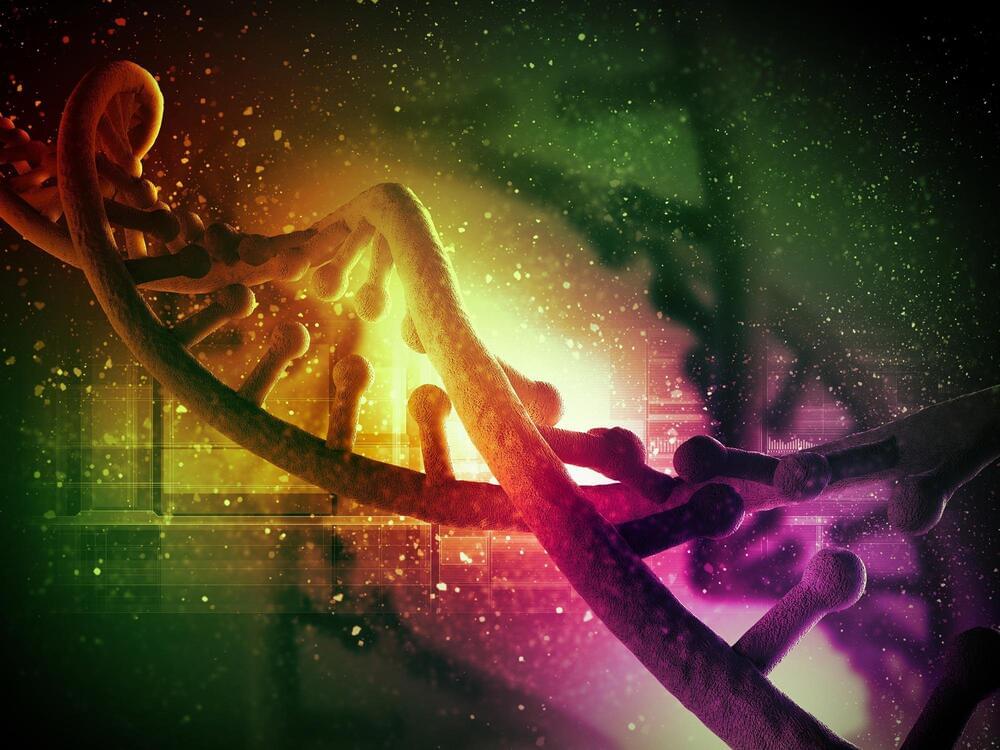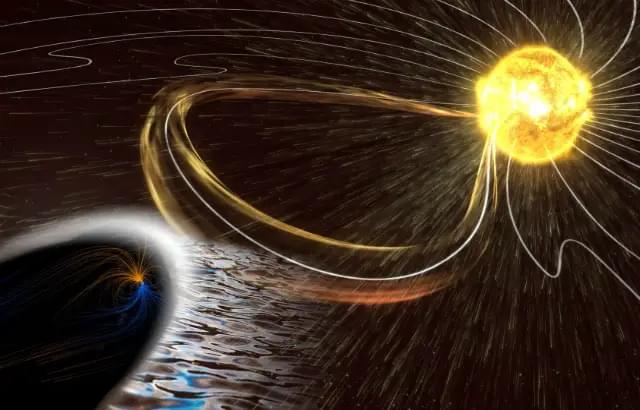Jan 3, 2025
A long-term lunar infrastructure hub named after the object that created the moon
Posted by Genevieve Klien in category: space travel
Getting back to the moon is the primary goal of NASA’s Artemis program, but what do we do once we get there? That is the challenge tackled by a group of students at the University of Illinois Urbana-Champaign, who wrote a proposal for a lunar infrastructure module they call the Trans-lunar Hub for Exploration, ISRU, and Advancement—or THEIA, after the proposed object that crashed into the Earth that created the moon as we know it today.
Their submission was part of the NASA Revolutionary Aerospace Systems Concepts—Academic Linkage project, where teams from various academic institutions submitted papers focusing on the theme of Sustained Lunar Evolution for 2024.

